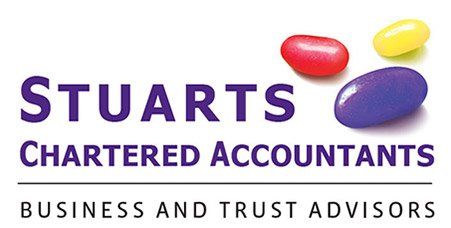Be careful when purchasing a property at Auction...
A young couple had pre-approval for finance from their bank and went to an auction. They were excited when they were successful with their bid. Only after their success at the auction did they decide to engage the services of a Solicitor.
When their Solicitor asked the couple for a copy of their unconditional letter of finance from their bank, the couple did not have this. They had relied on the bank’s pre-approval letter, thinking this was their offer for finance. Upon closer reading of their pre-approval letter, they realised that the bank needed to approve the property the couple were looking to purchase.
As it transpired, the bank did not approve of the property on account of building issues that had been disclosed in the Agreement for Sale and Purchase. The bank therefore would not provide finance. However, the couple were bound to a contract to purchase the home.
After several stressful weeks they eventually secured finance with a second tier lender at a significantly higher interest rate than what would have been obtained through a bank.
Reminder... an Auction Agreement is unconditional. When you are purchasing at an auction, you are essentially entering into an Agreement to purchase a property unconditionally. This means you have to have undertaken all of your due diligence checks on the property prior to going to the auction. This includes the following:
Finance – You need an unconditional offer of finance to purchase this property. This is a letter from your bank that records the address of the property and your full legal names. You need to advise the bank that you are wanting to purchase at an auction.
Insurance – You need an unconditional offer of insurance that records the address of the property and your full legal names.
Title – Your Solicitor should undertake a review of the Record of Title including easements and land covenants amongst other registered instruments on the title.
Building Report – You should have the property inspected by a qualified builder who will check for structural integrity and any building problems such as leaks and non-complying additions.
LIM Report – You should have obtained a LIM report from the local Council for the property that will record the building permits, building consents, and Code Compliance Certificates for works undertaken at the property, and also drainage, zoning, and any resource consents affecting the property, amongst other relevant property matters.
Toxicology Report – You may consider obtaining a toxicology report, particularly for methamphetamine contamination, if the property has a rental history – although the problem in New Zealand is not exclusive to rental properties.
It is important to seek legal advice prior to submitting an offer to purchase a property. This is particularly a necessary step if the property is being sold by auction.
Rainey Collins General Issues Autumn 2024


